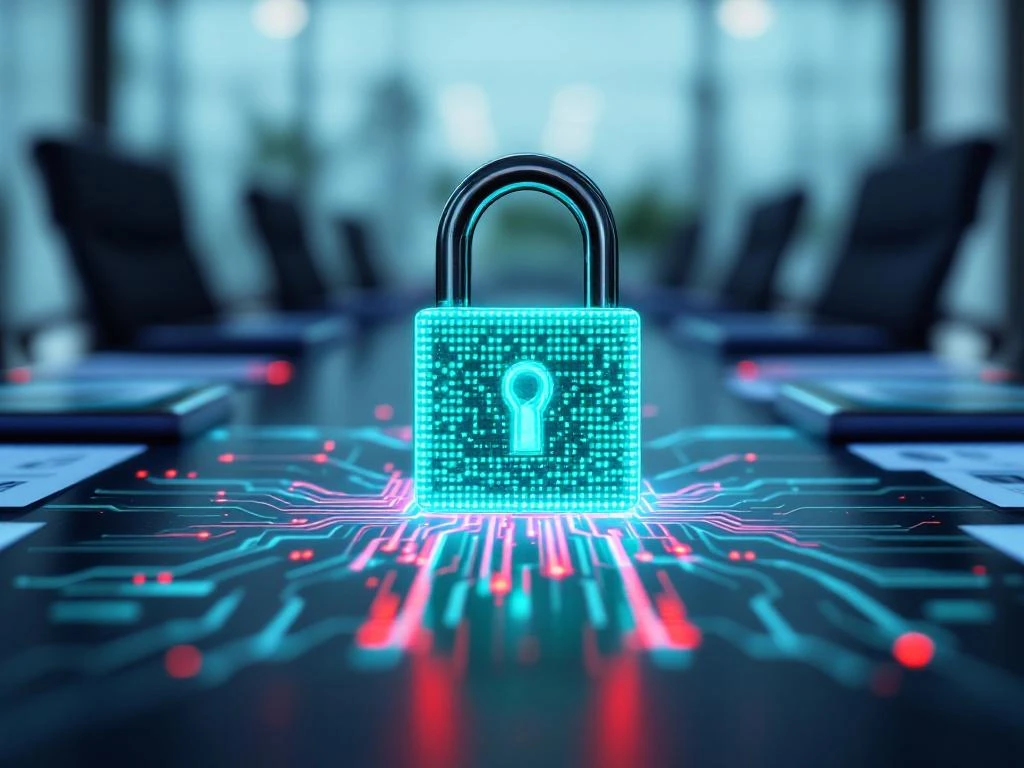Building in-house eDiscovery capabilities has become a strategic priority for general counsels across industries. As electronic data volumes surge and external vendor costs spiral upward, more legal departments are bringing these critical functions in-house. The shift requires careful planning, significant investment, and the right talent to succeed.
This guide walks you through the strategic considerations, infrastructure requirements, and hiring approaches needed to build effective in-house eDiscovery capabilities. You’ll learn how to avoid common implementation pitfalls that derail projects and waste resources.
Why general counsels need in-house ediscovery capabilities
The volume of electronic data in litigation continues to grow exponentially. Modern cases routinely involve millions of documents across multiple platforms, from email systems to cloud storage and mobile devices. This data explosion creates significant challenges for legal departments relying solely on external vendors.
Several compelling factors drive the shift toward in-house eDiscovery capabilities:
- Cost control and budget predictability – External eDiscovery costs have reached unsustainable levels, with vendor pricing models including per-gigabyte processing fees, monthly hosting charges, and user licensing costs that multiply quickly across large datasets
- Enhanced security and data control – In-house capabilities provide tighter security over confidential information and maintain control over sensitive legal processes throughout the discovery lifecycle
- Improved response times – Internal teams can respond immediately to discovery requests without waiting for vendor availability or navigating complex data transfer protocols
- Regulatory compliance assurance – Privacy regulations like GDPR require organisations to demonstrate control over personal data, making in-house expertise essential for consistent compliance
- Institutional knowledge development – Internal teams develop deeper understanding of data sources, custodians, and organisational processes that improve discovery efficiency over time
These advantages combine to create both immediate operational benefits and long-term strategic value. Organisations with in-house capabilities gain greater flexibility in managing discovery workflows while building expertise that supports broader information governance initiatives across the enterprise.
What building effective ediscovery capabilities actually requires
Technology infrastructure forms the foundation of any successful in-house eDiscovery operation. The complexity of modern discovery demands sophisticated tools and robust systems that can scale with your organisation’s needs.
Essential technology components include:
- Processing platforms – Enterprise-grade solutions like Relativity, Nuix, or OpenText that handle diverse file types while maintaining forensic integrity throughout the discovery process
- Scalable data storage – Cloud-based or on-premises solutions with appropriate capacity planning, security controls, and cost modeling based on typical case volumes
- Workflow management systems – Platforms that coordinate custodian communications, legal hold notifications, collection activities, and maintain comprehensive audit trails
- Network infrastructure – Adequate bandwidth and secure access controls to support large data transfers and simultaneous user access during peak periods
- Security controls – Encryption at rest and in transit, multi-factor authentication, role-based access controls, and comprehensive audit logging that meets industry standards
Beyond individual components, successful implementations require careful integration planning and ongoing maintenance considerations. The technology stack must support both current operational needs and future growth, while maintaining the flexibility to adapt as eDiscovery practices continue to evolve with new data sources and legal requirements.
How to hire and develop your ediscovery team
Building an effective eDiscovery team requires strategic recruitment of professionals with complementary skill sets. The market shows increased demand for experienced practitioners as more organisations bring these capabilities in-house.
Key roles and qualifications include:
- Project managers – Professionals with 4+ years coordinating complex discovery workflows, managing vendor relationships, and bridging communication between technical teams and legal counsel
- Technical specialists – Experts proficient with major eDiscovery platforms and processing tools, with hands-on experience in data ingestion, processing, and quality control procedures
- Data analysts – Professionals who craft effective search strategies, identify relevant document populations, and present findings to legal teams in actionable formats
- Hybrid legal-technical roles – Attorneys with eDiscovery technology backgrounds who provide valuable perspective on privilege reviews, production decisions, and litigation strategy
- Training and development programs – Structured approaches to building both technical skills and legal knowledge across team members
Successful team development extends beyond initial hiring to include comprehensive training programs and clear career advancement paths. The specialised nature of eDiscovery work requires ongoing education to keep pace with evolving technology and legal requirements, while competitive career development opportunities help retain talent in a demanding market.
Common implementation mistakes that derail ediscovery projects
Understanding common pitfalls helps organisations avoid costly delays and failed implementations. Many seemingly well-planned projects encounter predictable challenges that proper preparation can prevent.
Frequent implementation mistakes include:
- Inadequate planning and process mapping – Underestimating integration complexity with existing legal workflows and IT infrastructure, leading to workflow disruptions and user resistance
- Technology platform mismatches – Selecting solutions that don’t align with actual use cases, such as over-engineered platforms for routine matters or lightweight tools for complex investigations
- Staffing imbalances – Hiring purely technical resources without legal context or legal professionals without sufficient technology expertise, creating communication gaps and operational inefficiencies
- Budget underestimation – Overlooking ongoing operational costs like data storage growth, software maintenance, training requirements, and infrastructure upgrades
- Unrealistic timeline expectations – Rushing implementation without adequate testing periods, user training, and parallel operations during vendor transitions
- Insufficient quality controls – Failing to establish proper validation procedures for data integrity, search accuracy, and production formatting before handling live matters
These challenges often compound each other, turning minor issues into project-threatening problems. Successful implementations anticipate these risks through comprehensive planning, realistic resource allocation, and phased rollout approaches that allow for course corrections before full deployment.
Building in-house eDiscovery capabilities requires significant investment and careful planning, but the long-term benefits justify the effort for most organisations. Success depends on selecting appropriate technology, hiring skilled professionals, and avoiding common implementation pitfalls that derail projects.
If you’re planning to build internal eDiscovery capabilities, consider conducting a thorough assessment of your current processes and future requirements. We specialise in helping organisations identify and recruit the eDiscovery professionals needed to make these initiatives successful.
















